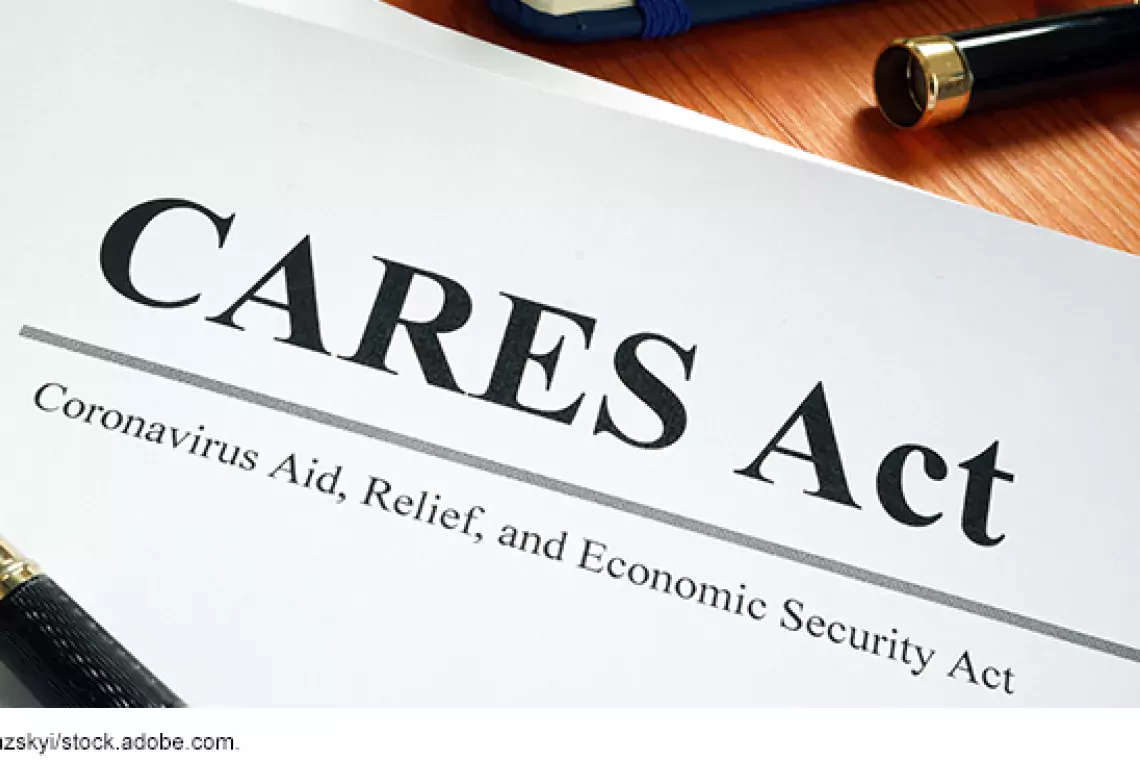Lessons Learned When a Pandemic Led to Rapidly Rising Unemployment Claims
The pandemic brought with it a major onslaught of new unemployment applications across the country, and exposed significant issues with unemployment insurance programs as well. Such programs play an important role in the social safety net by providing compensation to workers who lose their jobs through no fault of their own.
Congress created four temporary unemployment insurance (UI) programs that expanded this vital safety net during the pandemic. Because of this important role and the risks GAO has seen in UI service delivery and oversight, we have added the UI system to our list of programs at “High Risk” for waste, fraud, abuse, mismanagement, or in need of transformation.
In today’s WatchBlog, we look at our three new reports (issued today) on UI. Two of our reports examined challenges states faced in implementing these programs, and the third examined challenges facing the UI system overall.
Image

States struggled to meet record demand for UI, leaving some waiting for months to receive benefits
Officials in 10 states that we interviewed for our first and second reports told us that during the pandemic they faced challenges ramping up to meet the urgent, immense demand for benefits. These challenges included the overwhelming volume of claims submitted by historic numbers of unemployed workers, shortages of experienced staff, and IT issues. This caused backlogs and meant that some individuals seeking UI benefits (or claimants) went months without income.
Many of the claimants we spoke with in seven of these ten states told us they faced customer service difficulties, such as long call wait times and benefit payment delays. Some reported that they had to draw on savings or borrow money to meet basic financial needs while they waited for benefits.
We also found racial disparities in the receipt of benefits under one of the four temporary UI programs—the Pandemic Unemployment Assistance program. This program expanded benefits to gig workers, the self-employed, and others not typically eligible for unemployment support. We found substantial racial and ethnic disparities in the receipt of benefits through this program in three of the four states we analyzed. For example, in two states, we found that Black applicants were about half as likely to receive these benefits as White applicants. Results from national surveys show similar disparities in the receipt of these and other UI benefits.
Image

The pandemic worsened longstanding challenges facing the UI system
Our third report examined challenges facing the UI system before the pandemic, including a shrinking portion of unemployed workers receiving benefits and legacy IT systems, as well as challenges that emerged during the pandemic.
During the pandemic, the risk of UI payment errors—including benefits paid to ineligible claimants and those due to fraud—greatly increased. The Department of Labor, which oversees state UI programs, estimated that these payment errors (or improper payments) increased from $8 billion for FY 2020 (9% error rate) to $78 billion for FY 2021 (19% error rate). Many of these estimated improper payments are due to unintentional errors, though many may be due to fraud. Federal and state investigations of UI fraud are ongoing.
Because these challenges pose significant risk to UI service delivery and have exposed the UI system to significant financial losses, we have added the UI system to our High Risk List. Our High Risk List highlights areas across the federal government that need immediate attention because they are especially vulnerable to waste, fraud, abuse, and mismanagement or need broad-based transformation.
Our recommendations to the Department of Labor for improving the UI system
Our three reports made five recommendations to the Department of Labor aimed at improving oversight and management of UI programs. These recommendations included those that would:
- improve UI customer service,
- help plan for future emergencies,
- consider options to support unemployed workers with gig and self-employment,
- assess the extent and causes of racial inequities in the receipt of Pandemic Unemployment Assistance, and
- develop and implement a plan to transform the UI system that supports effective service delivery and mitigates financial losses.
To learn more about our work on unemployment insurance, check out our new reports at GAO.gov.
- Comments on GAO’s WatchBlog? Contact blog@gao.gov.





